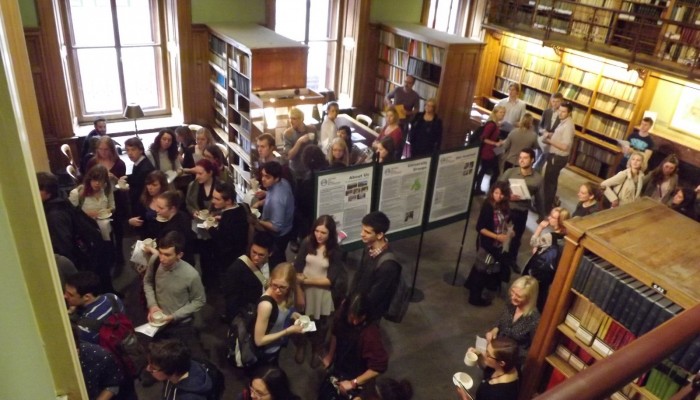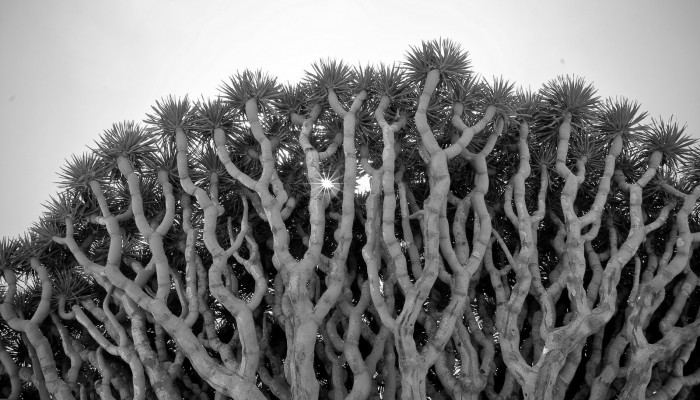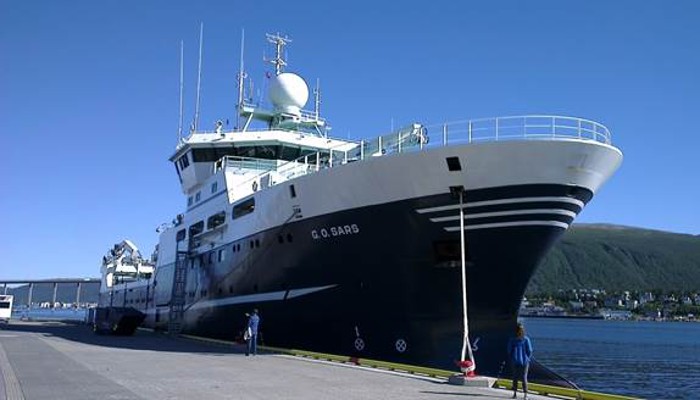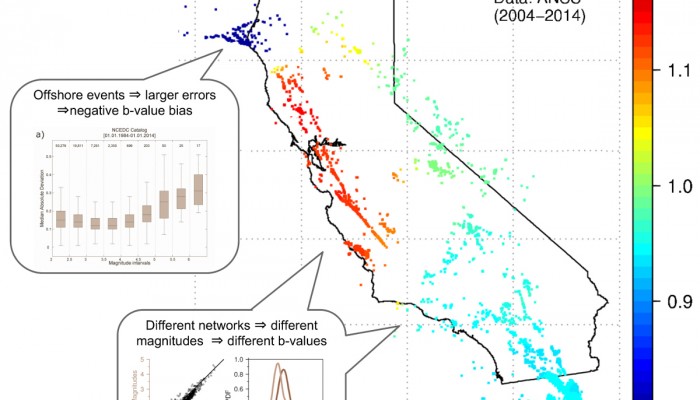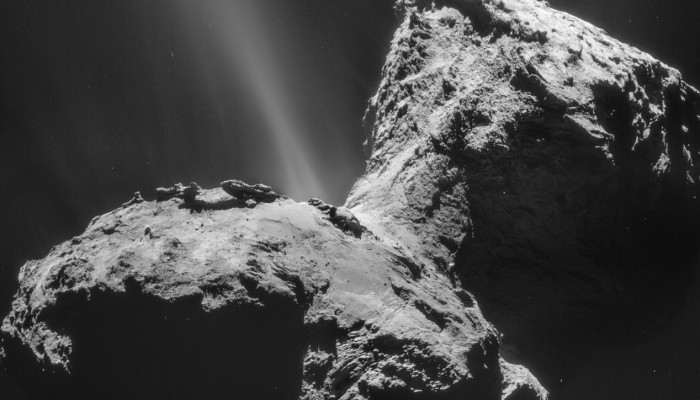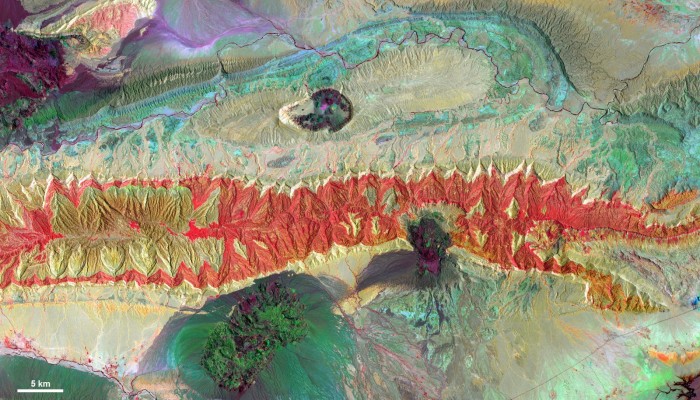Our 3rd Annual Conference, with the theme Fighting Global Poverty – Geology and the Sustainable Development Goals (SDGs) takes place on Friday 30th October, hosted by the Geological Society of London. Here we will be introducing some of the speakers, starting with Session 1 (DFID, Science and the SDGs)… Professor Tim Wheeler (Deputy Chief Scientific Adviser, Department for Internationa ...[Read More]
Green Tea and Velociraptors
Lizard lizard on the wall
When you think about fossils, lizards might be not be one of the first groups that springs to mind. However, they do have a pretty neat fossil record, stretching back over 150 million years. One group of lizards, iguanians, are still around today and comprises about 1700 different species! One sub-group of these iguanians, acrodonts, are thought to have originated in east Gondwana – part of ...[Read More]
Energy, Resources and the Environment
Words on Wednesday: Using historical hydrology to lengthen flood records of rare and extreme events
Words on Wednesday aims at promoting interesting/fun/exciting publications on topics related to Energy, Resources and the Environment. If you would like to be featured on WoW, please send us a link of the paper, or your own post, at ERE.Matters@gmail.com. *** Benito, G., Brázdil, R., Herget, J., and Machado, M. J.: Quantitative historical hydrology in Europe, Hydrol. Earth Syst. Sci., 19, 3517-353 ...[Read More]
Between a Rock and a Hard Place
A fond farewell
Since August 2013, Elspeth and Charly, editors of Between a Rock and a Hard Place, have contributed a range of interesting and thought-provoking posts to the EGU network blogs: from a broad volcanology and petrology theme, through to sharing valuable insights they picked up during their journey towards completing their PhDs. However, the PhD theses are now submitted and defended, and Elspeth and C ...[Read More]
GeoLog
Imaggeo on Mondays: Dragon Blood Tree
On a small and isolated island in the Indian Ocean you’ll find an endemic population of Dragon Blood Trees (Dracaena cinnabari). Burly, with an interesting umbrella-shaped fractal canopy, these unique trees are a sight to behold. To see them for yourself, you’ll have to travel to the little known Socotra archipelago. Off the coast of Somalia, but belonging to Yemen, the group of islands boast an i ...[Read More]
Cryospheric Sciences
Cruising for mud: Sediments from the ocean floor as a climate indicator
Going on a cruise for a month sounds tempting for most people and that is exactly how I spent one month of my summer. Instead of sunshine and 25 degrees, the temperature was closer to the freezing point on the thermometer and normal summer weather was replaced by milder weather conditions. The destination of the cruise was the western Nordic Sea and the east Greenland Margin. The ice2ice cruise wa ...[Read More]
GeoLog
GeoTalk: Wouter Berghuijs, Union Level Early Career Scientist Representative
The EGU offers a platform for early career scientists (ECS) to become involved in interdisciplinary research in the Earth, planetary and space sciences, through sessions, social events and short courses at the annual General Assembly in April. One of the ways of ensuring that the voice of the Union’s ECS membership is heard is via the division early career scientist representatives. Feedback gathe ...[Read More]
Seismology
To b, not to b, or to b with Voronoi?
The b-value is that parameter of the Gutenberg-Richter relation which controls the ratio of small to large earthquakes. Intriguing temporal and spatial variations of the b-value have been reported in recent years, for example sudden b-value changes at active fault zones. Are such sharp spatial b-value variations merely a result of crude undersampling? To address this unsettling question, a recentl ...[Read More]
GeoLog
Geosciences Column: What made the comet sing?
Late last year the Rosetta’s Plasma Consortium (RPC) announced that Comet 67P/Churyumov-Gerasimenko, which the European Space Agency’s Rosetta spacecraft has been studying since August 2014, was singing into space. Now, in a paper published today in the EGU’s open access journal Annales Geophysicae, the RPC team reveals more details about 67P’s song, including why the comet was singing. The sounds ...[Read More]
GeoLog
Imaggeo on Mondays: Velociraptor in the Zagros Mountains
How many times have you turned your head up to the sky and spotted familiar shapes in the clouds? Viewing structures from afar can reveal interesting, common and, sometimes, funny patterns. Satellite images are often used to map geological terrains. They offer a bird’s eye view of the planet and the opportunity to see broad scale structures, the scale of which would be impossible to grasp from the ...[Read More]

